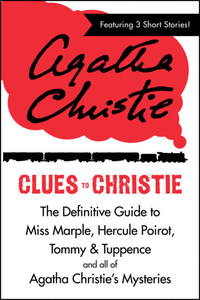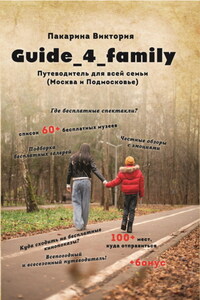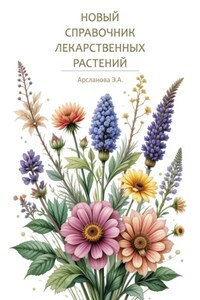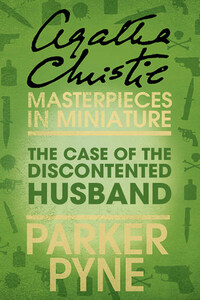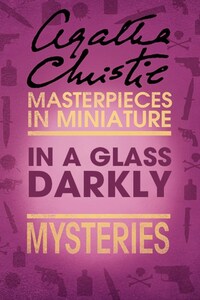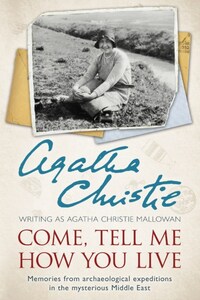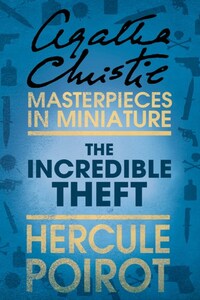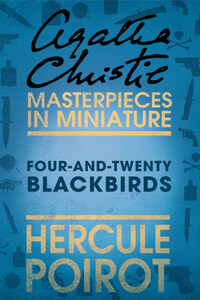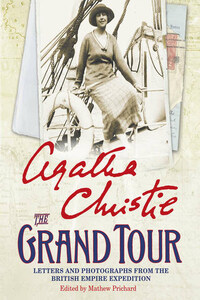Copyright
CLUES TO CHRISTIE. Copyright © 2011 by HarperCollins Publishers.
Published by HarperCollinsPublishers Ltd
1 London Bridge Street London SE1 9GF www.harpercollins.co.uk
FIRST EDITION
"Agatha Christie: An Introduction." Copyright © 2011 by John Curran.
"The Affair at the Victory Ball" from The Under Dog and Other Stories . Copyright © 1951 Agatha Christie Ltd.
"Greenshaw’s Folly" from Miss Marple: The Complete Short Stories. Copyright © 1985 Agatha Christie Ltd.
"A Fairy in the Flat" from Partners in Crime. Copyright © 1929 by Agatha Christie Ltd ("The Queen of Mystery’s Personal Favorites," "Ten Other Ways to Read Agatha Christie," "On Agatha Christie and Poisons," and "The A to Z of Agatha Christie." Copyright © 2011 by Agatha Christie Ltd.
All rights reserved under International and Pan-American Copyright Conventions. By payment of the required fees, you have been granted the nonexclusive, nontransferable right to access and read the text of this e-book on-screen. No part of this text may be reproduced, transmitted, downloaded, decompiled, reverse engineered, or stored in or introduced into any information storage and retrieval system, in any form or by any means, whether electronic or mechanical, now known or hereinafter invented, without the express written permission of HarperCollins e-books.
EPub Edition © 2011 ISBN: 9780007455959
Version: 2017-04-11
Agatha Christie:
An Introduction
JOHN CURRAN
Who is known as the Queen of Crime, the Mistress of Mystery, the Duchess of Death? Who is the world’s most translated writer? Who is the biggest-selling writer in the world, with only Shakespeare and the Bible selling more copies? Who wrote the longest-running stage play—almost sixty years—in the history of the theater? The answer: Agatha Christie.
In a career spanning over fifty years, Agatha Christie transformed detective fiction both on the page and, later, on the stage. Through the creation of a gallery of immortal characters—Hercule Poirot, Miss Marple, Tommy and Tuppence Beresford—she sold more books in more parts of the globe than any crime writer before or since. Almost forty years after her death, her entire output is still available in bookstores and seen in theaters around the world. How did she do it? A look at her life may provide some clues. . . .
Life
The youngest of three children of an American father and English mother, Agatha Miller was born in Torquay, England, on September 15, 1890. Her family home, Ashfield, was a large, comfortable house and her childhood was a very happy one. Although she never went to school, the young Agatha devoured books, many of which—The Three Musketeers, Vanity Fair, Bleak House—are mentioned in her Autobiography and can be seen to this day on the shelves of her last home, Greenway House.
Her father died unexpectedly when Agatha was eleven and it was subsequently discovered that his investments, the only source of income for the family, were not as gilt-edged as previously supposed. Some economies were necessary, but the young Agatha continued to enjoy a carefree existence, participating in full in the social life of turn-of-the-century Torquay, attending concerts and dances and amateur dramatics, roller-skating on the pier; and eventually travelling to Paris to study music. Luckily for the world of crime fiction, she was too nervous to perform professionally. She retained a love of music, especially the operas of Wagner, throughout her life. A trip to Egypt with her mother, in 1910, provided her with the background for her still-unpublished novel Snow upon the Desert. (Twenty years later, in Death on the Nile, novelist Salome Otterbourne describes her novel, Snow on the Desert’s Face: Powerful—suggestive. Snow—on the desert—melted in the first flaming breath of passion!)
Although she received more than one offer of marriage, Agatha eventually settled on Archie Christie, a dashing member of the Royal Flying Corps. They married on Christmas Eve 1914 and, after a very brief honeymoon at The Grand Hotel in Torquay, Archie returned to his flying duties in World War I. Agatha also volunteered and, after a brief stint as a nurse, moved to the dispensary of the local hospital, eventually becoming a qualified dispenser. This gave her a professional knowledge of poisons, which she was to put to good use in her literary career.
As she explains in her Autobiography, during this time she read Sherlock Holmes and The Mystery of the Yellow Room by Gaston Leroux (later to achieve immortality as the author of The Phantom of the Opera) and Anna Katherine Green’s The Leavenworth Case. In the course of a conversation with her sister Madge, she accepted a challenge to write her own detective story. Further encouraged by her mother, Agatha worked on her novel, eventually taking herself off to a hotel on Dartmoor for an undisturbed period of intense writing. Although she began The Mysterious Affair at Styles in 1916, it was not published until the end of 1920 in the United States and in early 1921 in the United Kingdom. By then, she was the mother of her only child, Rosalind, born in 1919. Although already working on her third novel (The Secret Adversary, her second novel, had been nearly finished before The Mysterious Affair at Styles was published), Agatha enjoyed homemaking in post-WWI London.
